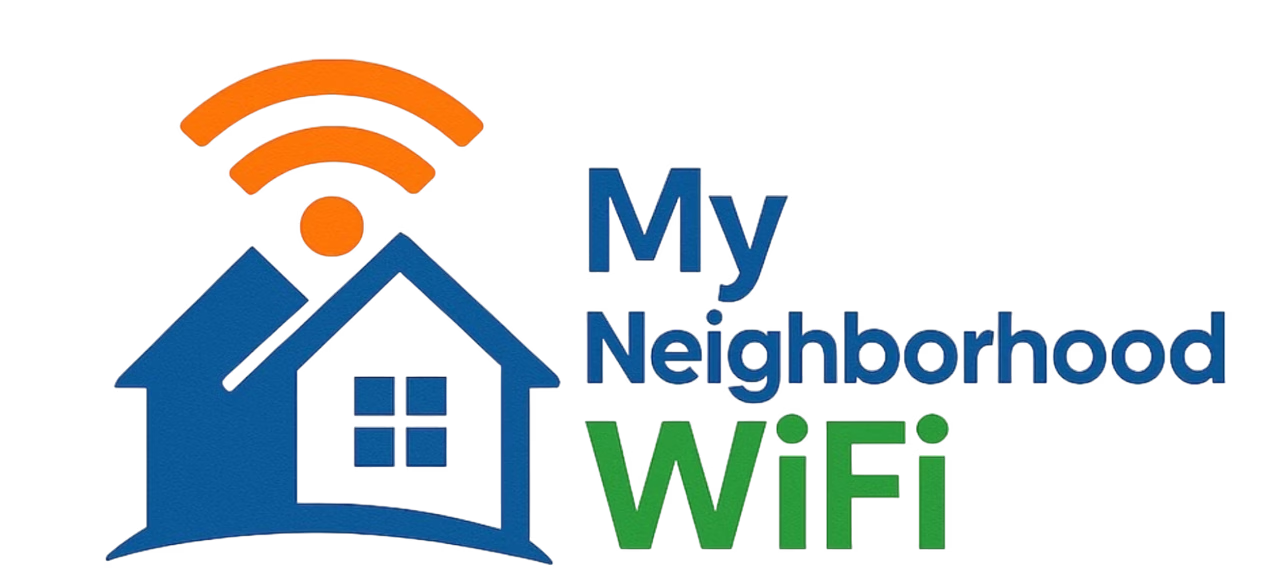
Getting ready for a new internet connection can feel exciting and a little overwhelming at the same time. Whether you’re moving into a new home or just upgrading your plan, preparing for your internet installation in advance can save you time, energy, and even money. In this post, we’ll cover five essential tips to make sure your internet setup goes smoothly from start to finish. By following these steps, you’ll reduce stress, avoid common mistakes, and get connected faster.
Why Preparation Matters
When installation day arrives, most people assume the technician will take care of everything. While that’s partly true, your preparation can make all the difference in whether the process feels seamless—or stressful. Clear access to equipment, knowing where you want your router placed, and gathering necessary information ahead of time all help ensure things get set up efficiently.
Think of it like assembling furniture. If you clear the space, organize the tools, and read the instructions before you start, the job is done faster and with fewer hiccups. Preparing for internet installation works the exact same way.
Tip #1: Choose the Right Spot for Your Router
Your router is the heart of your home’s internet system, so location matters. Wi-Fi signals are strongest in open areas without too many walls or barriers. Before your installation, consider where the router will go.
Things to Keep in Mind:
- Pick a central spot in your home if possible so that Wi-Fi reaches every room.
- Avoid putting the router in closets, cabinets, or behind furniture—this weakens the signal.
- Stay away from appliances like microwaves or cordless phones that may cause interference.
- If your home is large or has multiple floors, plan ahead for additional access points or mesh Wi-Fi devices.
Placement plays a major role in speed and reliability. Doing this before the installer arrives ensures you maximize performance from day one.
Tip #2: Clear the Installation Path
Technicians need easy access to certain areas to complete the installation. If walls, outlets, or wiring boxes are blocked by furniture, things will take longer. A little preparation goes a long way here.
How to Prepare:
- Clear space near electrical outlets where the modem and router will connect.
- Remove clutter from hallways, basements, or garages if wiring needs to be accessed.
- Secure pets in another room for everyone’s safety during the installation.
If you live in an apartment or shared building, check with the landlord or property manager in advance. Make sure the installer can access panels or locked utility rooms without delay.
Tip #3: Gather Your Equipment and Information
Depending on your provider, you may receive equipment in advance or have it delivered on installation day. Either way, make sure everything is ready.
Checklist:
- Modem, router, or gateway device (plus any additional mesh points).
- Power cords, Ethernet cables, or phone lines that came in the box.
- Your Wi-Fi name (SSID) and password if preassigned.
- Account information, such as your order number or login credentials.
Having all of this ready avoids delays and helps the technician walk you through setup without missing anything.
Tip #4: Think About Your Devices
Every home is different. A household that primarily streams movies has different needs than a household full of remote workers and gamers. Take a moment before installation to think about what devices will connect and how you want them set up.
Device Considerations:
- Laptops, tablets, and smartphones.
- Smart TVs, streaming boxes, and gaming consoles.
- Smart home devices such as cameras, speakers, and thermostats.
- Work-from-home gear like video conferencing setups and VOIP phones.
Make a quick list of your most important devices. After installation, test them one by one to ensure each connects seamlessly. This will give you peace of mind before the technician leaves.
Tip #5: Perform a First-Day Speed and Connection Check
Once your internet is live, it’s time to test it. Don’t wait until the installer is long gone to discover that one of your rooms has a weak signal. Instead, do a quick walk-through of your home as soon as the setup is complete.
What to Check:
- Run an internet speed test in the room where the router is located.
- Check Wi-Fi on your phone or laptop in every major room.
- Replay a video or make a video call to check connection stability.
- Confirm that wired connections (if you’re using Ethernet) are working as expected.
If you notice weak spots, you can address them on the spot by asking the installer for recommendations on Wi-Fi extenders, mesh systems, or repositioning your router. Being proactive here saves time and troubleshooting later.
Extra Tips for a Smooth Internet Experience
While the five steps above will cover most households, here are a few bonus tips that might come in handy:
- Label your network: Give your Wi-Fi network a unique name that’s easy for family members to recognize.
- Set a strong password: Use a combination of letters, numbers, and symbols to secure your network.
- Update your devices: Make sure your laptops, phones, and smart home tech have the latest software for compatibility.
- Consider surge protection: Safeguard your modem and router with a surge protector to prevent damage from power spikes.
Common Roadblocks and How to Handle Them
Even if you prepare, sometimes the unexpected happens. Here are a few common issues and how to handle them:
| Issue | Solution |
|---|---|
| Technician cannot access wiring panel | Contact landlord/property manager in advance for access permissions. |
| Weak Wi-Fi in certain rooms | Consider mesh Wi-Fi systems or Ethernet cables for those devices. |
| Confusing setup instructions | Ask the technician to walk you through the login and Wi-Fi name change. |
| Too many devices struggling to connect | Check router limits; you may need an upgrade or a secondary access point. |
Final Thoughts
Preparing for your internet installation doesn’t have to be complicated, but it does require a little planning. By choosing the right router location, clearing access for your installer, gathering your equipment, thinking about your devices, and testing your connection right away, you’ll set yourself up for smooth, reliable internet from day one. A little preparation now prevents a lot of frustration later.
If you’d like to learn more about router placement strategies, you can find helpful discussions on Reddit or watch explainer videos on YouTube. For general information on how Wi-Fi routers work, the Wikipedia article on wireless routers is also a great resource.
“Most inquiries are answered within the same day”
Written by admin
Content writer and tech enthusiast sharing insights on internet connectivity.



